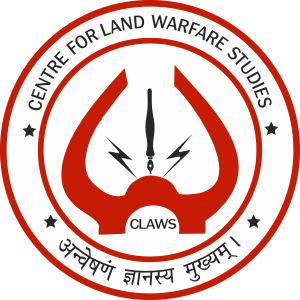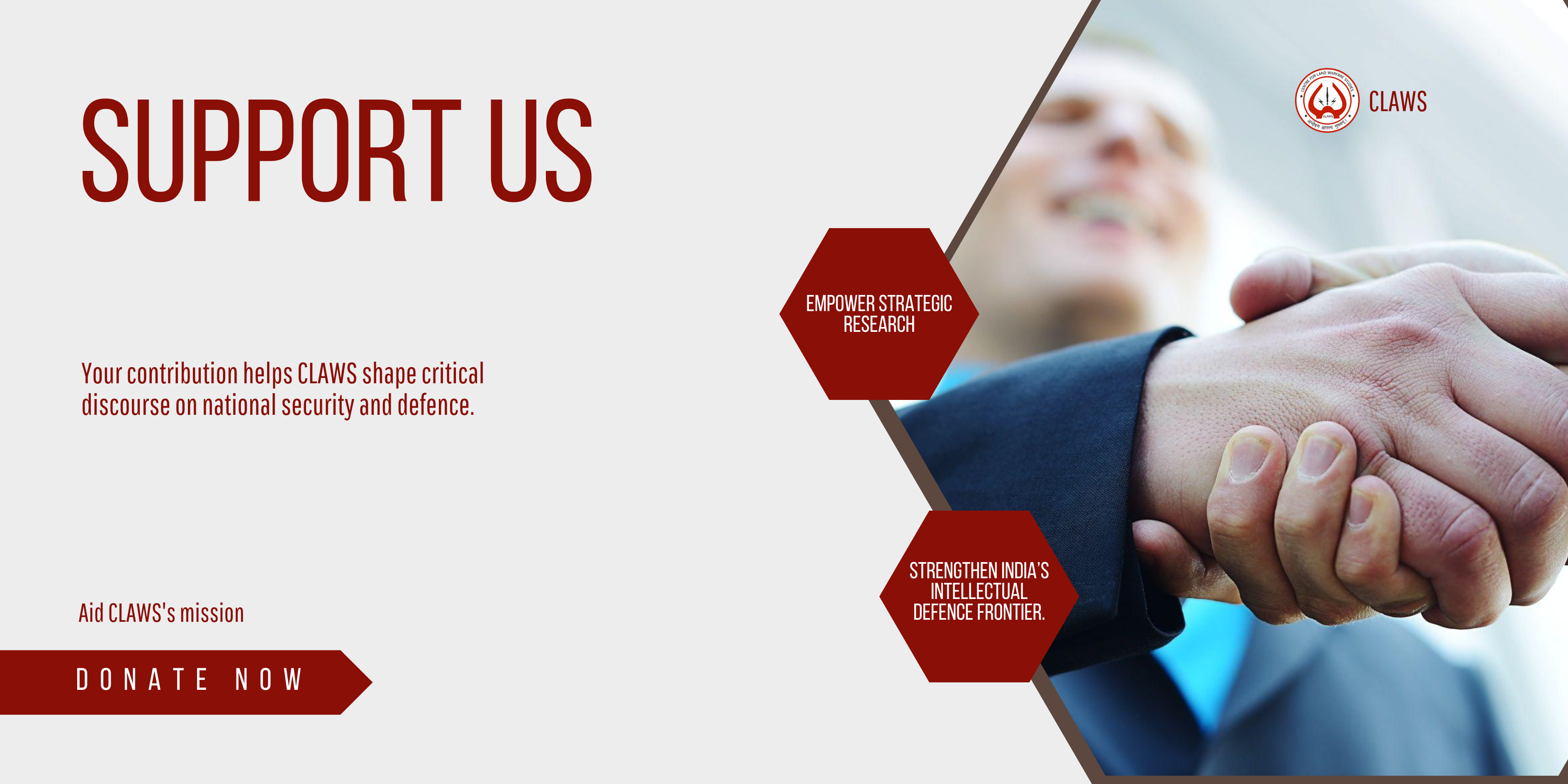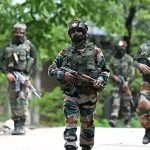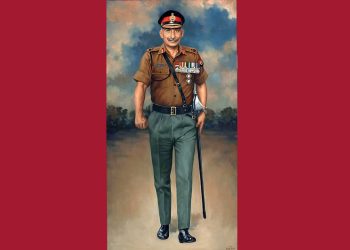The European Union (EU) has unveiled a New Strategic EU–India Agenda, described by Commission President Ursula von der Leyen as a step to “take the relationship to the next level”. Its framework rests on five key areas and marks the most ambitious upgrade of ties so far. High Representative Kaja Kallas stressed that the partnership is “not only about trade, but also about defending the rules-based international order.” Both sides have linked their success to finalising the Free Trade Agreement (FTA) by the end of 2025, setting a new direction for India-EU relations in an uncertain global order.
The New Strategic Agenda emerged from a sequence of events that steadily drew India and the EU closer. Stalled trade talks from 2013 to 2021 laid the groundwork, while their revival in 2021 and the creation of the Trade and Technology Council (TTC) marked new intent. As supply chain shocks and regulatory frictions mounted in 2022–23, both sides experienced a greater urgency to cooperate, a trend represented by the unveiling of the India–Middle East–Europe Economic Corridor (IMEC) in 2023. This momentum carried into 2025, when the historic visit of all EU Commissioners to India signalled Europe’s commitment, and US tariff threats highlighted the risks of overdependence elsewhere. Together, these steps culminated in the formal adoption of a New Strategic Agenda.
The Pillars of the Agenda
What is striking about this New Strategic Agenda is its move from broad, aspirational commitments toward a more concrete, action-oriented framework. Earlier, long-term goals and roadmaps were defined without clear mechanisms of accountability, whereas the current agenda introduces definite timelines and measurable deliverables.
The India–EU Strategic Agenda is centred around five pillars. The first pillar is all about prosperity and long-term success. Previous frameworks often discussed goals for trade and climate cooperation, but this one focuses on achieving results that can be measured and priorities that are linked. It has clear goals, like finalising the FTA and the Investment Protection Agreement by 2025. It also aims for sustainability in economic growth through projects on renewable energy, a circular economy, and green hydrogen. It emphasises on making supply chains more resilient in important areas like semiconductors and pharmaceuticals, which connects prosperity with resilience.
The second pillar discusses innovation and technology and emphasises the strategic value of India-EU cooperation in cutting-edge technologies. Beyond the current initiatives, the agenda calls for the setting up of India-EU Innovation Hubs to engage policymakers, industry leaders, startups, investors and experts together. The other such proposal is the India-EU Startup Partnership for promoting cross-border investment, co-creation, and high-potential ventures. This pillar seeks to improve collaboration in fields like cybersecurity and data governance, guaranteeing that innovation is reliable and human-centric. This technology and innovation partnership demonstrates how integrating the EU’s research and regulatory know-how with India’s expanding digital economy can result in a long-term, structured approach that promotes competitiveness and sustainable growth.
The increasing strategic alignment between India and the EU in a time of complex geopolitical scenarios is reflected in the agenda’s third pillar on security and defence. Through a proposed Security and Defence Partnership and a Security of Information Agreement, the new agenda formalises cooperation beyond conventional security ties. Cybersecurity, crisis management, maritime security, and defence industry cooperation are important areas of cooperation under this pillar. It also demonstrates how combining India’s strategic location and operational capabilities with the EU’s knowledge of cutting-edge defence technologies and regional frameworks can help in achieving common security goals.
India and the EU’s collaborative efforts to establish regional and global frameworks are highlighted in the fourth pillar, which focuses on connectivity and global issues. The advancement of sustainable supply chains and trade routes is the main goal of programs like the India-EU Connectivity Partnership and the IMEC. The collaboration works together with third-world nations, especially South Asia and Africa, where they concentrate on areas like digital infrastructure, green energy, and disaster-resistant development. This pillar makes the strategic agenda more comprehensive and forward-looking by signalling a move away from bilateral engagement towards coordinated global leadership.
The fifth and final point on enablers across pillars acts as the backbone of the new agenda, guaranteeing that cross-sector initiatives are effective and cohesive. It places a strong emphasis on knowledge sharing, skill mobility, and interpersonal interaction, which makes it easier for professionals, researchers, and students to move around and fosters understanding between them. With tools like the India-EU Summit, TTC, and specialised ministerial dialogues that offer supervision, strategic direction, and coordinated fulfilment of commitments, this pillar further aims to strengthen the governance architecture.
Why Now?
There are several converging factors that led to this timely move between India and Europe. On the European side, a decade of geopolitical shocks like Brexit, Russia’s invasion of Ukraine, and the uncertainty of American leadership under President Donald Trump has pushed the EU to think of itself less as a dependent ally and more as an autonomous power. Europe is therefore seeking reliable partners and intent on avoiding overdependence on any single great power.
On the other hand, India has shifted from cautious non-alignment to a posture of “multi-alignment.” It maintains relations across Washington, Moscow, and Beijing, but increasingly recognises the value of strengthening partnerships with middle powers.
The timing also aligns with the economic interests. European investment in India has surged, bilateral trade has expanded, and the long-stalled trade and investment agreements now appear within reach. Shared priorities in climate action, green transitions, and digital innovation further give the partnership practical content. Similarly, security concerns from maritime stability in the Indo-Pacific to counter-terrorism and cyber resilience create overlapping strategic motivations.
In other words, the New Strategic Agenda is a result of each side searching for a greater global influence without being involved in the great-power rivalry, and recognising the other as a necessary partner to make multipolarity viable.
A Strategic Hurdle
Despite the optimism surrounding this New Strategic Agenda, India–EU relations face a significant challenge due to their differing approaches to Russia. EU leaders have openly linked India’s continued oil imports and military exercises with Moscow. For Brussels, a partnership is not only about trade but also about reinforcing a rules-based order. Yet, Europe itself remains internally divided over Russian energy dependence, with countries such as Hungary and Slovakia blocking tougher sanctions.
India, meanwhile, views Russia as a strong strategic partner with defence and energy security as the main source of their cooperation. Moreover, the historical trust remains central to their relationship. India’s 40% of crude oil comes from Russia, along with major support in the defence sector; therefore, a sudden shift is unlikely. Taking this into consideration, Europe should adopt a pragmatic approach rather than focusing on India’s ties with Russia.
In conclusion, the New Agenda is more than just a way to strengthen ties; it shows that two major players are coming together in a practical way to find independence and strength in a world that is becoming less stable. This framework allows for long-term goals in areas like trade, technology, defence, sustainability and global governance as explained through its five pillars. Nevertheless, this partnership’s lasting success depends on their ability to manage the common goals and strategic differences. Overall, this New Strategic Agenda has a lot of potential to strengthen the bilateral ties.













